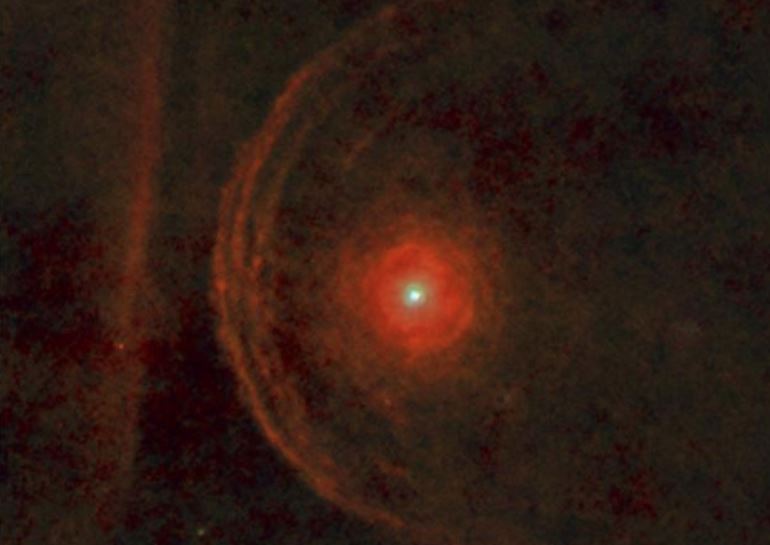- Astronomers have observed the nearby supergiant star Betelgeuse dimming in recent months.
- Some have theorized that the star is about to go supernova, exploding violently as it dies.
- A new theory suggests the star’s instability is creating massive dark spots on its surface, making it darker.
Betelgeuse is a massive star that is clearly visible in the night sky. It’s part of the Orion constellation and astronomers have observed it for centuries. Lately, it’s been acting a bit odd, growing much dimmer than usual, and there is no shortage of theories as to why it’s doing so.
Now, researchers from Max Planck Institute for Astronomy have come up with what they think is the most plausible of all scenarios. Put simply, the red supergiant star is doing what our own Sun does on a regular basis, and it’s probably not a hint that it’s about to blow its top.
The fear (or perhaps anticipation) from some corners of the astronomy community after Betelgeuse was observed to be much dimmer than normal focused on the possibility that the star was about to explode. As a red supergiant, it’s nearing the end of its life, so to speak, and it is expected to go supernova sooner rather than later. Still, estimates suggested this could still take another 100,000 years to happen, so it didn’t seem entirely likely.
The star has already burned up its hydrogen, causing it to swell up to many times its previous size. Now it’s burning through whatever helium it has on hand. After that, the star should reach its breaking point, exploding in spectacular fashion.
So, if it’s not about to explode, then what is it doing? In a new paper published in Astrophysical Journal Letters, the research team offers a pretty mundane explanation for all of this star drama.
“Towards the end of their lives, stars become red giants,” Thavisha Dharmawardena, lead author of the work, said in a statement. “As their fuel supply runs out, the processes change by which the stars release energy. As a result, they bloat, become unstable and pulsate with periods of hundreds or even thousands of days, which we see as a fluctuation in brightness.”
This instability, the researchers suggest, has caused Betelgeuse to be covered in starspots. Our own star often produces sunspots that appear as dark areas on its otherwise bright surface. Based on the amount of dimming Betelgeuse is experiencing, the team theorizes that up to 70% of its surface may be covered by massive spots.
This theory is supported by observations from high-powered observatories that show the star has “areas of varying brightness,” meaning that the dimming is not uniform. Starspots would explain the dimming while also giving the star a new lease on life, as we’re not expecting it to blow its top just yet.








